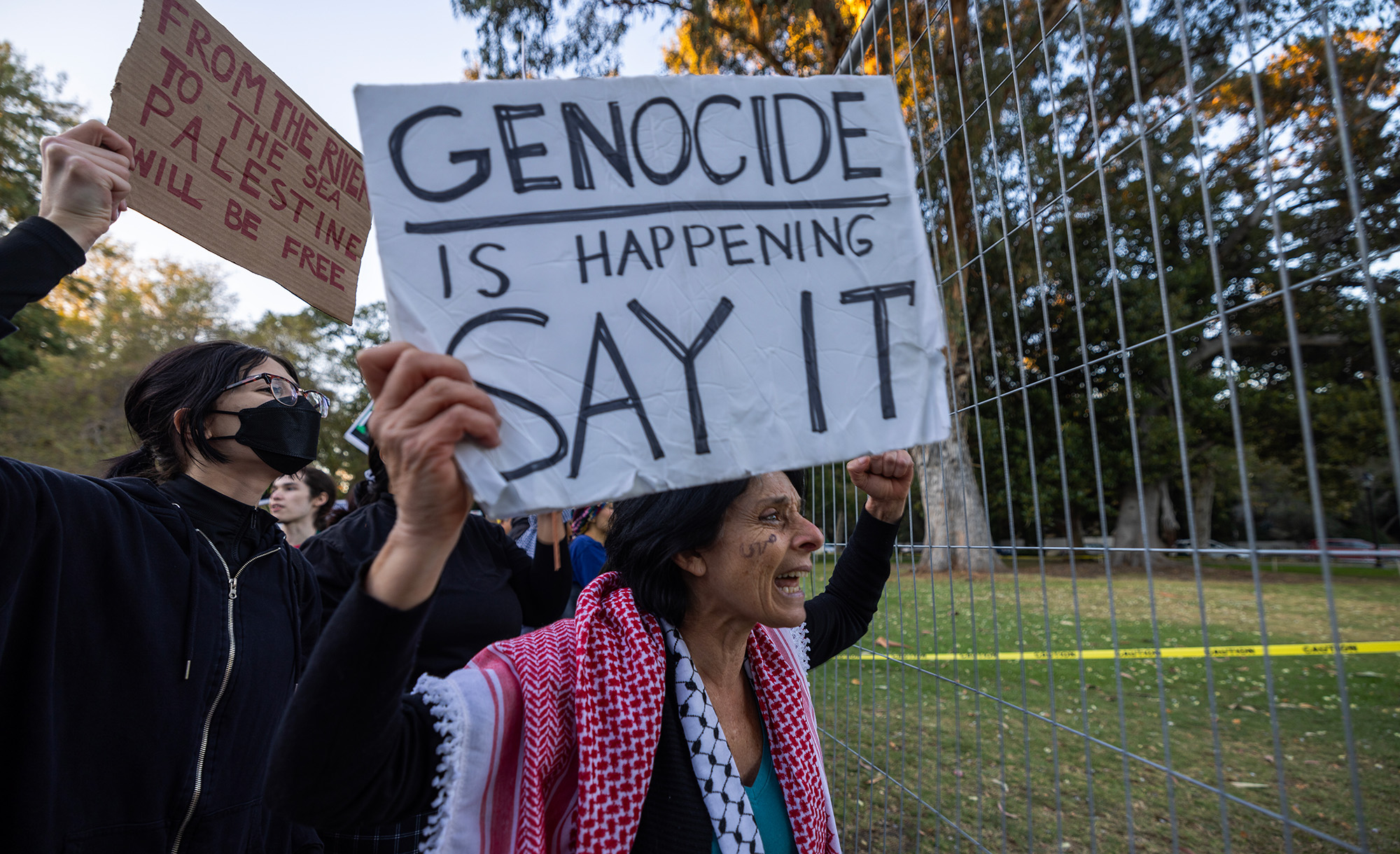The recent volume Esther and America contains 28 essays by various scholars and writers about the way the book of Esther has been used and understood in an American context. In his review, James Goodman shares some of what he learned from it:
In early America, crypto-Jews living in New Spain under the Inquisition prayed for Saint Esther’s intercession. They figured that she, having kept her own Jewish identity secret in King Ahasuerus’ court, would understand their predicament. Esther also appears in the etiquette guide of New England’s Cotton Mather. In the 1690s, the New England Puritan urged women to behave like the beautiful and brainy queen, obedient and independent, even furtively assertive (particularly, Mather hoped, when their husbands strayed from godliness and prayer). Three-quarters of a century later, colonists petitioning King George feared that he, their Ahasuerus, had fallen under the spell of his Haman-like ministers, intent on depriving them of their liberty.
In antebellum America, abolitionists and feminists, including the Grimké sisters, Frances Harper, and Sojourner Truth, emulated and evoked both Vashti and Esther. When a mob of men tried to disrupt the Women’s Rights Convention in New York City in 1853, Truth stood up to them, speaking of the time, in Persia, when a woman could be killed for approaching the king unbidden. “But Queen Esther come forth, for she was oppressed, and felt there was a great wrong, and she said I will die or I will bring my complaint before the king.”
Amid all this historical information, Goodman also finds openings for more serious reflection, including on the book of Esther’s wisdom about
the experience of Jews in situations where God, whether everywhere or nowhere, is not weighing in. I am not thinking about religious observance. There He left instructions. I am thinking about those dimensions of our lives that lie beyond specific commands and laws. Esther in America allows us to think about community responsibility and personal responsibility, leadership and followership, speaking out and going along, direct action and subterfuge, injustice and reparations, self-care and self-endangerment, vigilance in the face of tyranny, and hope and faith in the dark.
Read more at Jewish Review of Books
More about: Civil religion, Esther, Hebrew Bible, Latin America, Marranos


